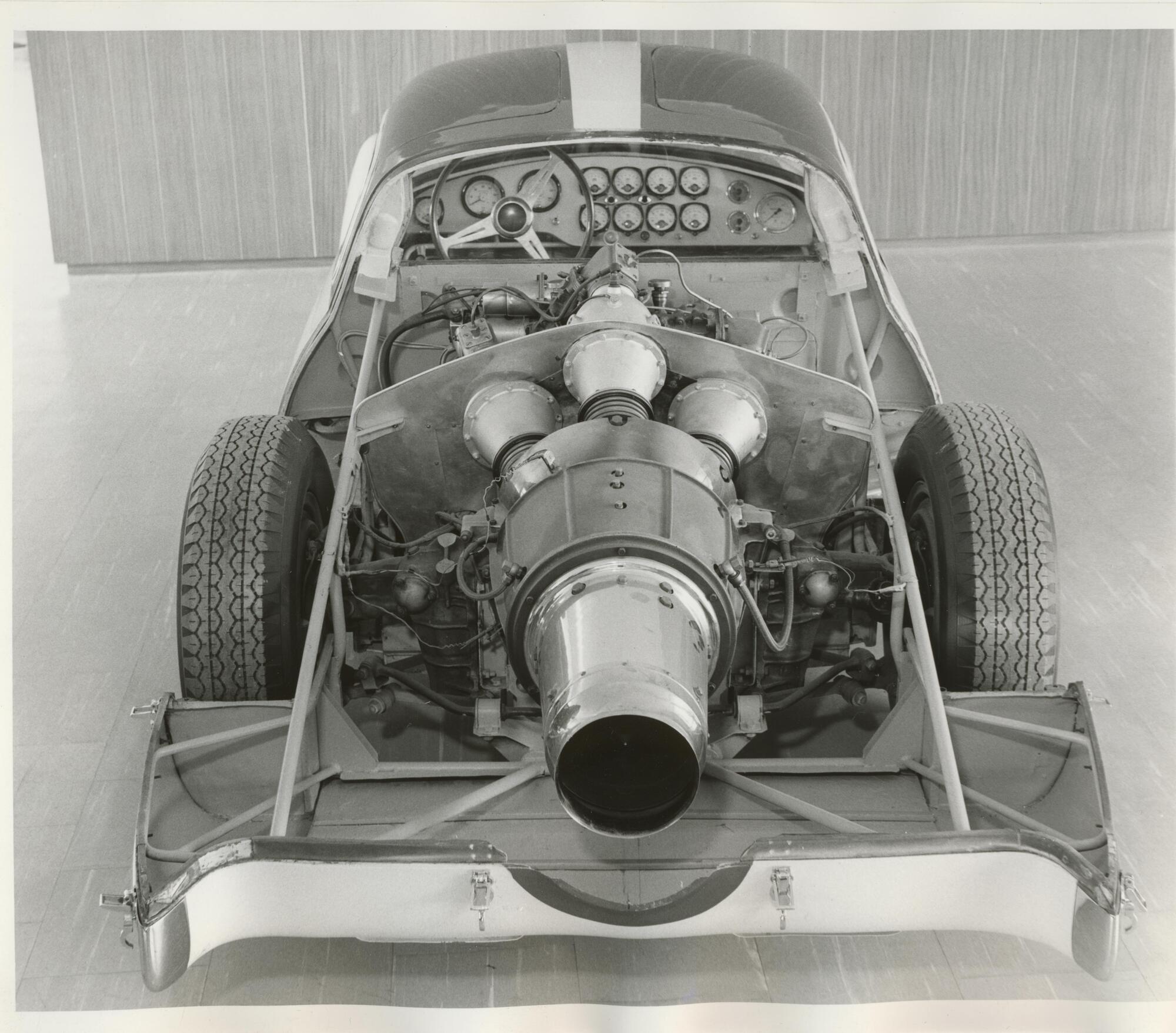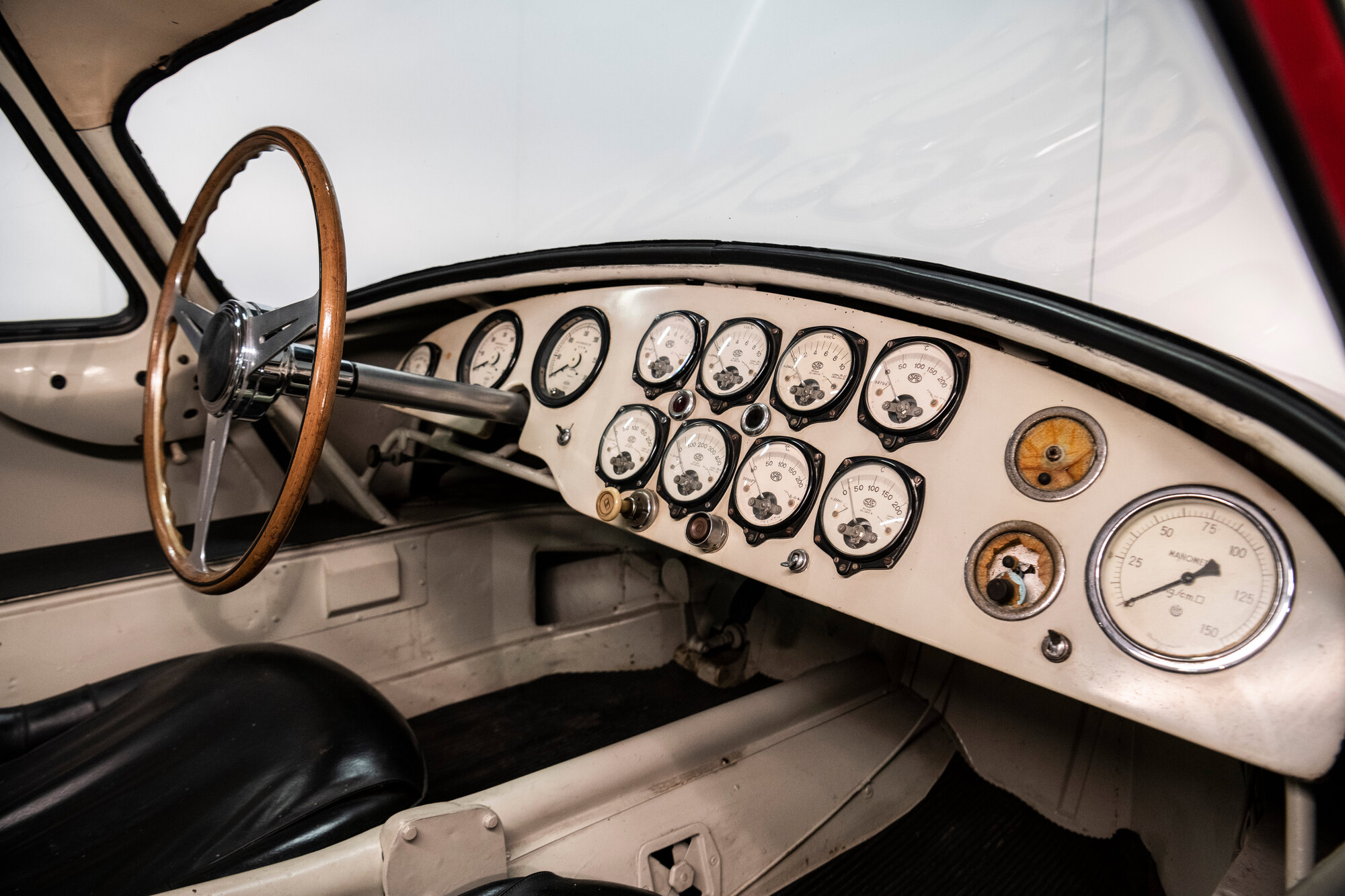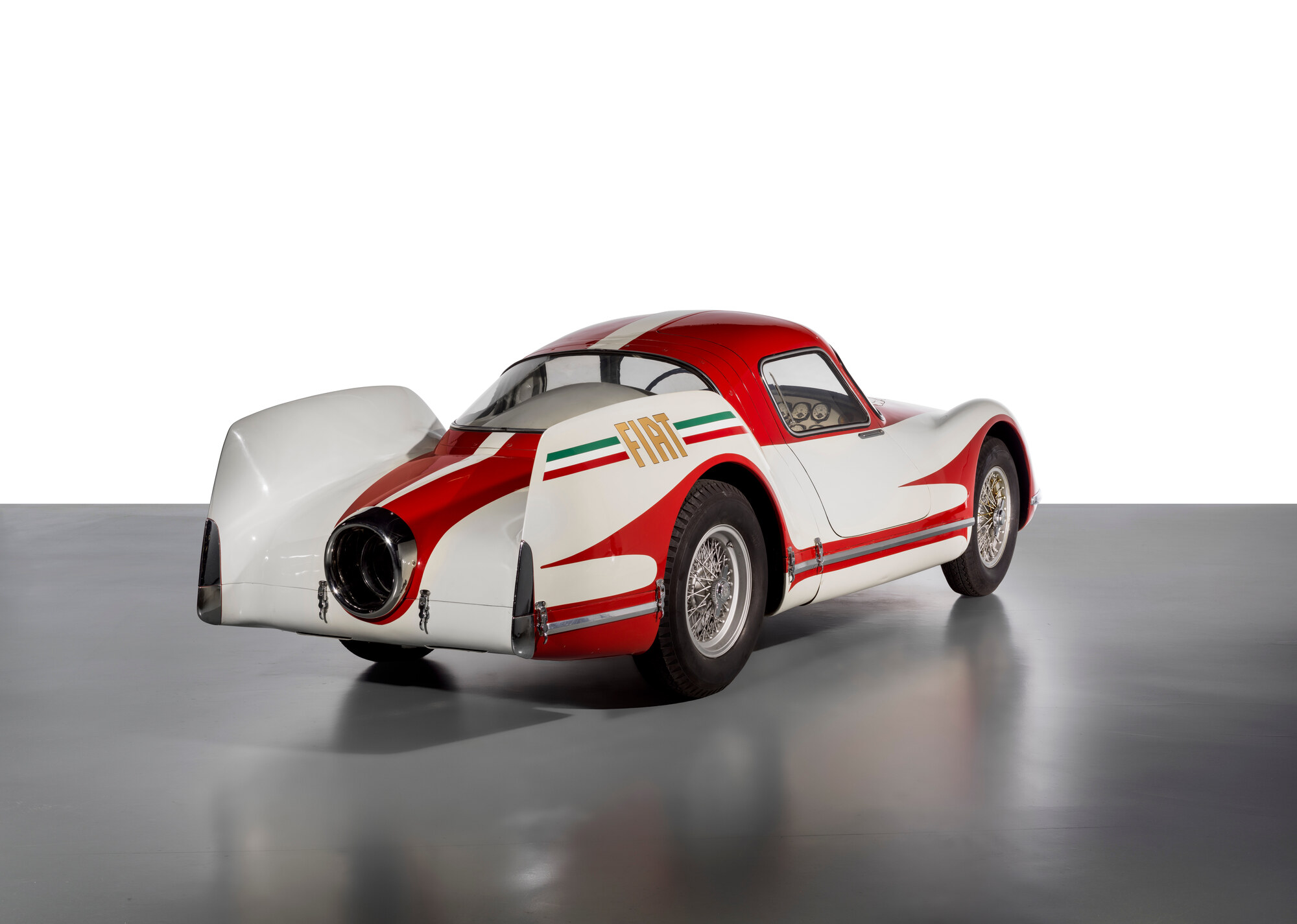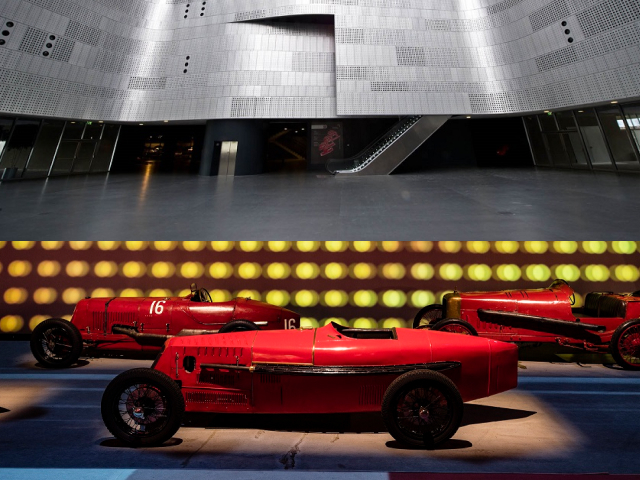1954 Fiat Turbina
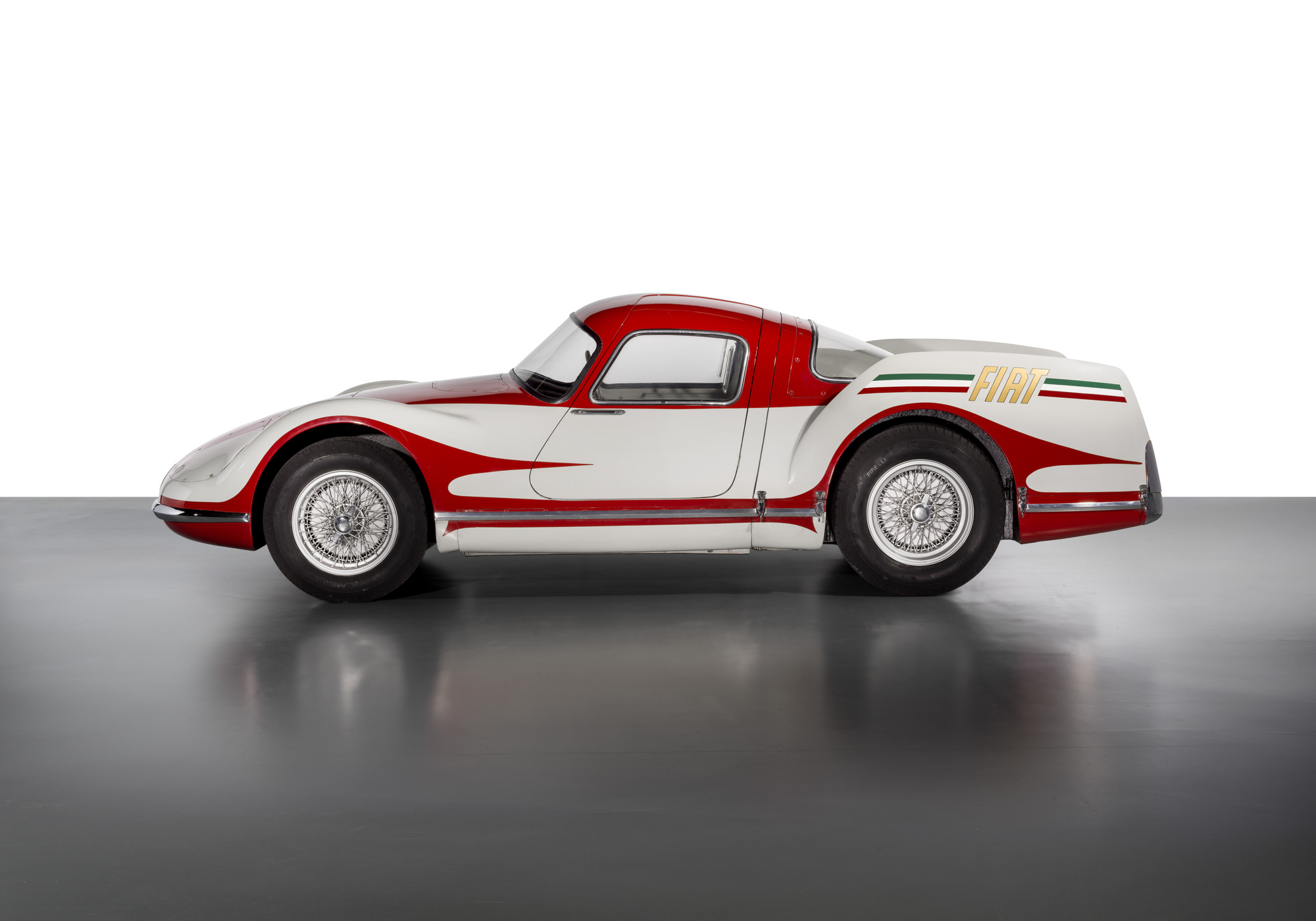
The descriptions of the Classic Cars in the Directory were partly generated or supplemented with the help of artificial intelligence (AI). The content may occasionally not always be entirely accurate or factually correct despite careful checking.
At the beginning of the 1950s, as a result of the revolutionary advances that gas turbines brought to aviation, the idea of applying similar technology to cars began to take shape among the major manufacturers. Fiat, for example, launched a research project in the late 1940s under the direction of engineer Dante Giacosa, head of the technical offices, and engineer Oscar Montadone, director of the research department.
The result is a futuristic car with innovative mechanincs that combines the chassis of 8V with a gas turbine producing 300 HP. The powertrain consists of a 2-stage centrifugal compressor coupled to a 2-stage turbine, and a drive turbine conncected to a gear reduction system to transmit motion to the wheels.
The engine is located at the rear, on the chassis with four independent wheels. In particular, the physics of aerodynamics was studied on scale models in the wind tunnel of the Polytechnic University, for which an excellent shape coefficient of 0.14 was achieved, which remained a record for over thirty years.
The chassis derived from the Fiat 8V, with a two-seater "berlineta" body with excellent aerodynamics profile, pop-up headlights and fins on the two rear mudguards. The car reached a top speed of 260 km/h during track tests at Lingotto and Caselle, driven by Carlo Salamano.
